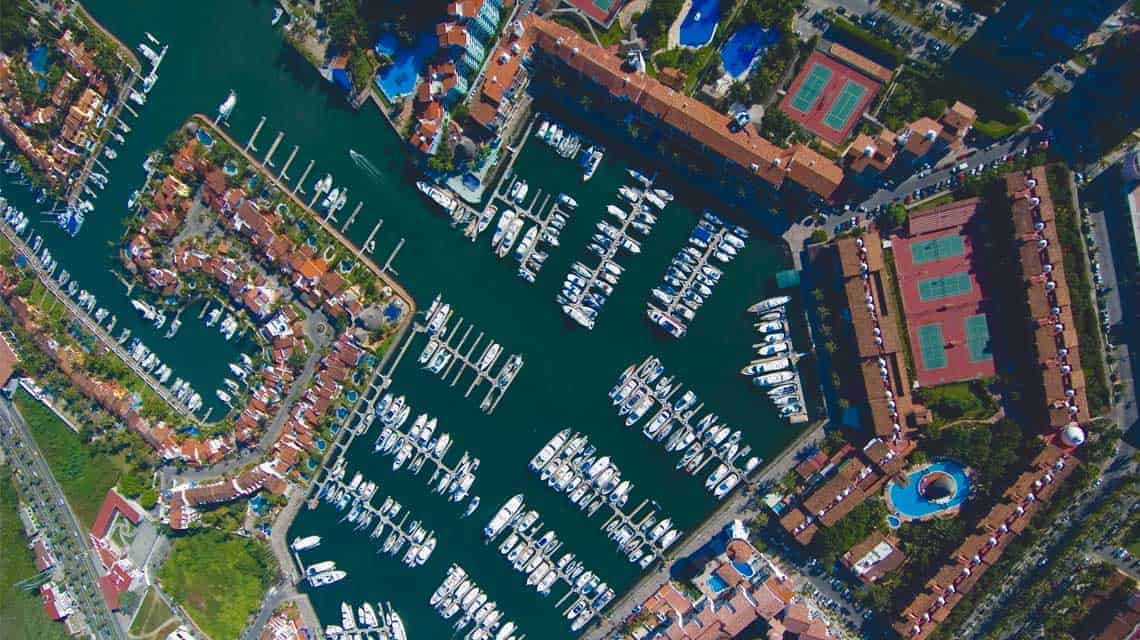It was announced this week that so far this year there has been a 40% drop in illegal immigration from Mexico to the USA. Perhaps the fear of retaliation or facing the consequences for migrating illegally, from Trump and his administration, is working. Why go where you aren’t wanted and perhaps end up in jail or just sent back?
But another report recently came out, which was featured in a number of Mexican news outlets, that stated there may be many Americans who are illegal immigrants, living in Mexico.
For an increasing number of Americans, Mexico has become a place to have a second home, somewhere warm to go to during the winter months. Real estate markets such as Puerto Vallarta, San Miguel Allende, Cancun and Cabo San Lucas, experienced a slowdown after 2008, but recently realtors and developers have been busy catering to an increase in demand.
In contrast to this, a number of Mexican publications (El Informador, Excélsior, Imagen Radio), recently published that the number of Mexican residency permits issued to Americans declined sharply last year. Permits issued in 2016 were one-third fewer that in 2014. This led them to suggest that perhaps a large majority of American expats are living in Mexico illegally.
They indicated that between 739,000 and 1 million Americans live in Mexico, and that the majority do so illegally. Does this mean Mexico has an illegal immigrant problem of Americans, as the U.S. does for Mexicans?
One report quotes the U.S. State Department as estimating that 1 million U.S. expats live in Mexico and that 934,698 do so without documentation. Another states Mexico’s statistics agency, in its between-census estimates of 2015, said there were 739,168 Americans living in Mexico, but only 65,302 of them had the required documentation from the National Immigration Institute.
There may be a simple answer as to why issue permits are down by as much as one-third. First, recent changes to immigration laws has made it easier for Americans to stay longer in Mexico under a simple tourist visa. In the past it was for 90 days with an option to renew for an additional 90 days. Today the tourist visa is good for 180 days.
Secondly, for those who own real estate, in the past it made sense to obtain a permit for permanent residency as it could mean saving money in capital gains taxes when you sold. But the rules and the enforcement of the rules regarding capital gains are much more rigorous, to the point that most real estate lawyers and agents recommend, that, if you are only going to be using your property for six months of the year, keep it simple and just come to Mexico on a tourist card rather than filing for FM 2 or 3 residency.
Also, in the past it made sense to obtain FM-3 status so you could bring a used car down from the U.S. for less than buying one in Mexico. That is certainly no longer the case, having an American car here is now more of a liability. Another reason to just use a tourist card.
I think what these news sources need to do is explain what they consider to be “living” in Mexico. Just because someone may own a home here doesn’t mean they are living here full-time. Many Americans, and Canadians for that matter, “live” here, but for less than six months, the maximum amount of time you can do so legally on a tourist card. That works just about right, for by the end of six months the weather is getting back home and they are ready to migrate north.
But even then, stating that 90% of the Americans living in Mexico are doing so illegally? That just makes no sense, and I haven’t found any credible reports to back it up. The data simply isn’t available.
Either way, this shouldn’t be an issue. Most Americans in Mexico are not working but are retired and spending the money they earned back in the US now in Mexico. That’s great for Mexico and its trade balance with the U.S., so I don’t think they should be complaining about this.
